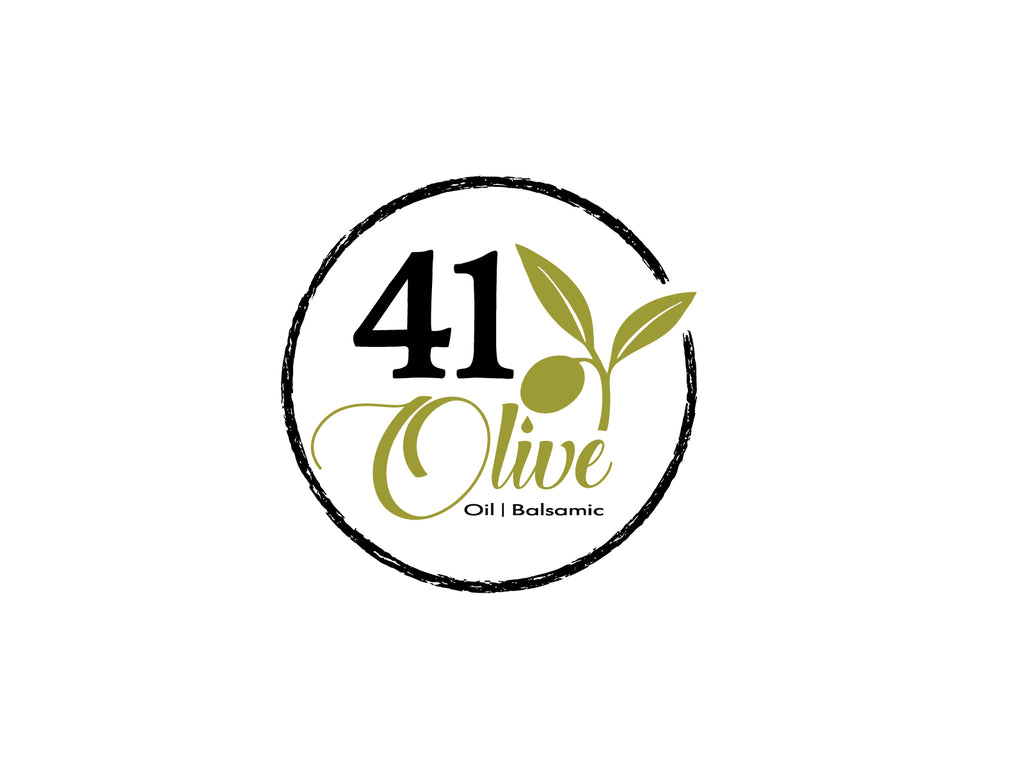Olive Oil Is High In Monounsaturated Fats, Which Are Stable When Heated
Each fat molecule (triglyceride) consists of a glycerol molecule linked to three fatty acids.
All glycerol molecules are very identical, but there are hundreds of different fatty acids in nature and the health effects vary between them.
For the most part, fatty acids can be either:
- Saturated
- Monounsaturated
- Or polyunsaturated
Saturated fatty acids have no double bonds, monounsaturated have one (mono = one) and polyunsaturated fatty acids have a variety of double bonds (poly = many).
Here's the essential aspects. The double bonds are unstable when heated and they tend to react with oxygen.
Therefore, the more double bonds a fatty acid molecule has, the more unstable it will be when used for cooking. This is the reason saturated fats (zero double bonds) such as coconut oil are very resistant to heat.
Although most vegetable oils contain polyunsaturated fatty acids with a handful of double bonds, Olive Oilcontains mostly monounsaturated fatty acids with one double bond. As a result, having one double bond in the fatty acid molecule is not such a horrible thing. It's only the polyunsaturated fatty acids (such as those in soybean and canola oils) that can become harmful.
Oils are usually a mix of a variety of fatty acids. Olive Oil, for example, is 73% monounsaturated, 11% polyunsaturated and 14% saturated. In other words, the heat resistant monounsaturated and saturated fats make up 87% of olive oil.
Olive Oil contains mostly monounsaturated fatty acids, which are actually pretty resistant to heating. Damage-prone polyunsaturated fats make up only about 11% of Olive Oil.
